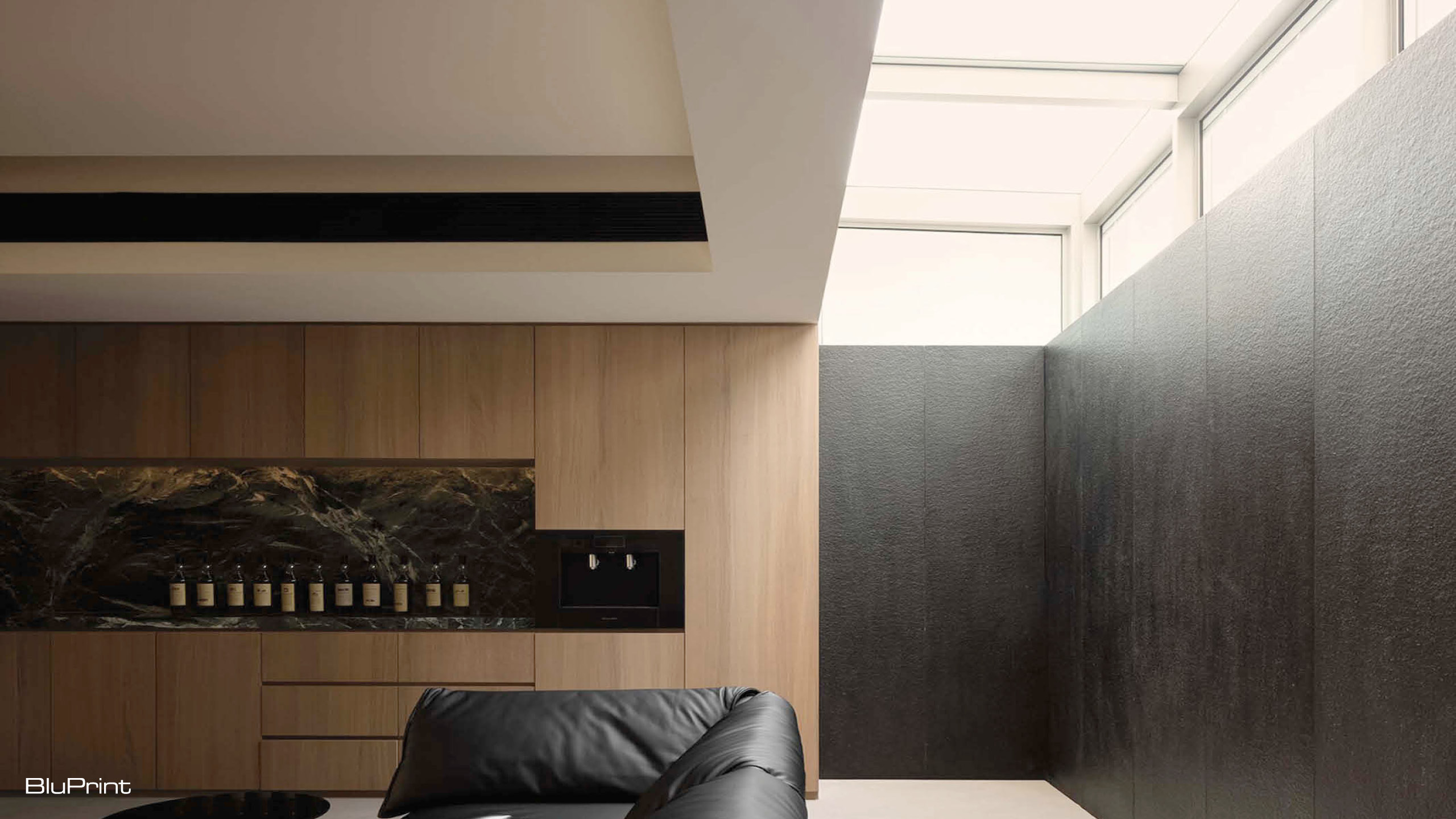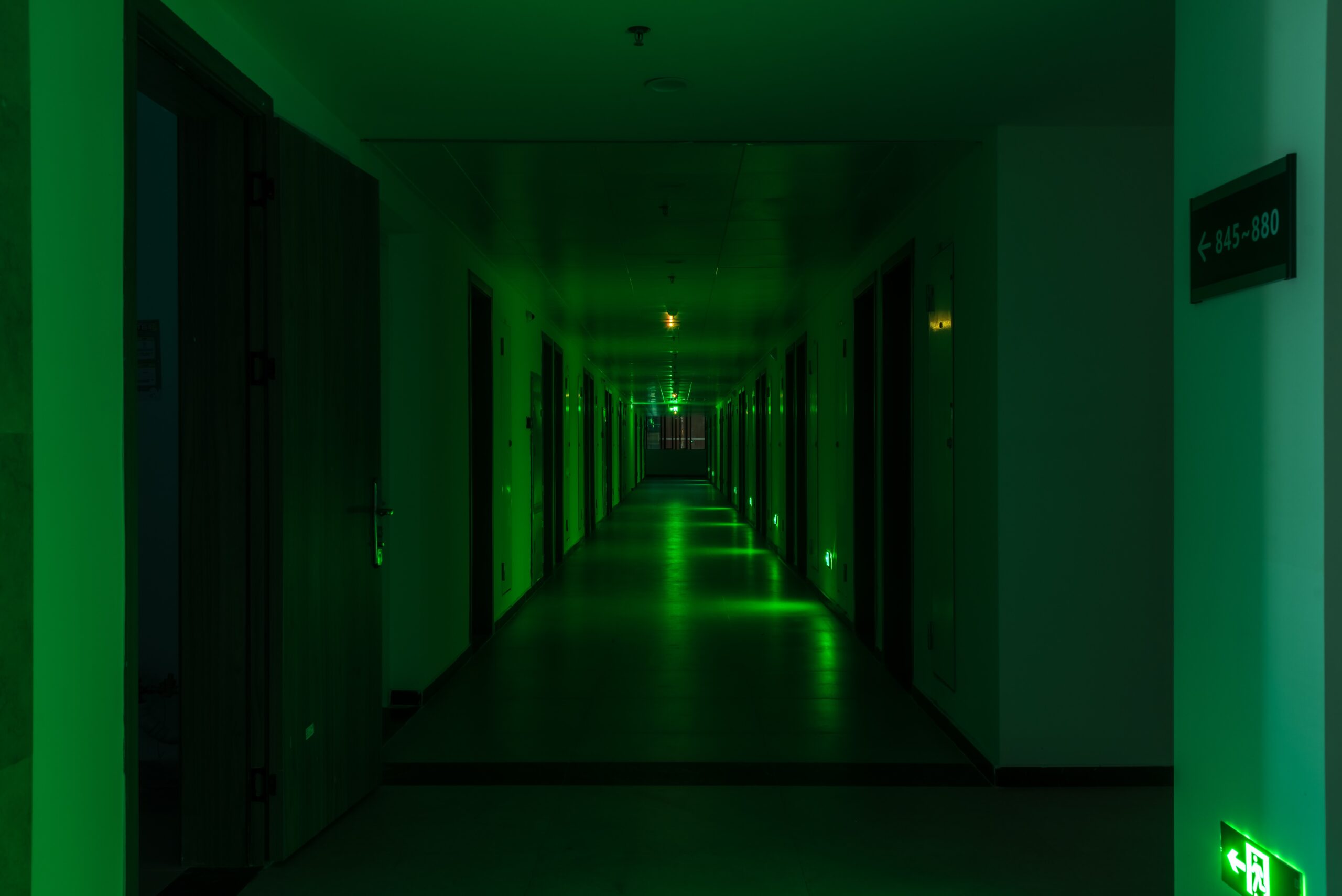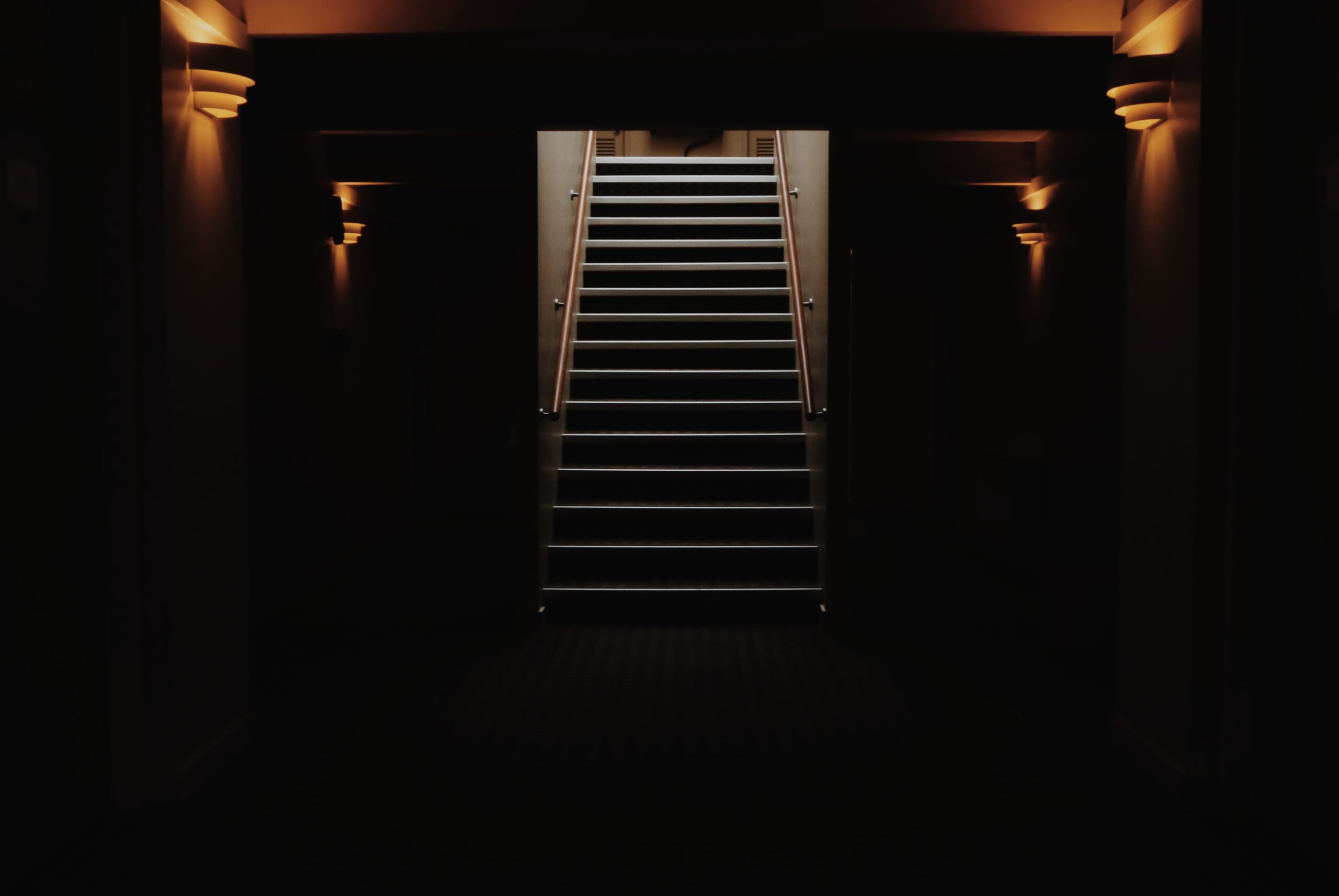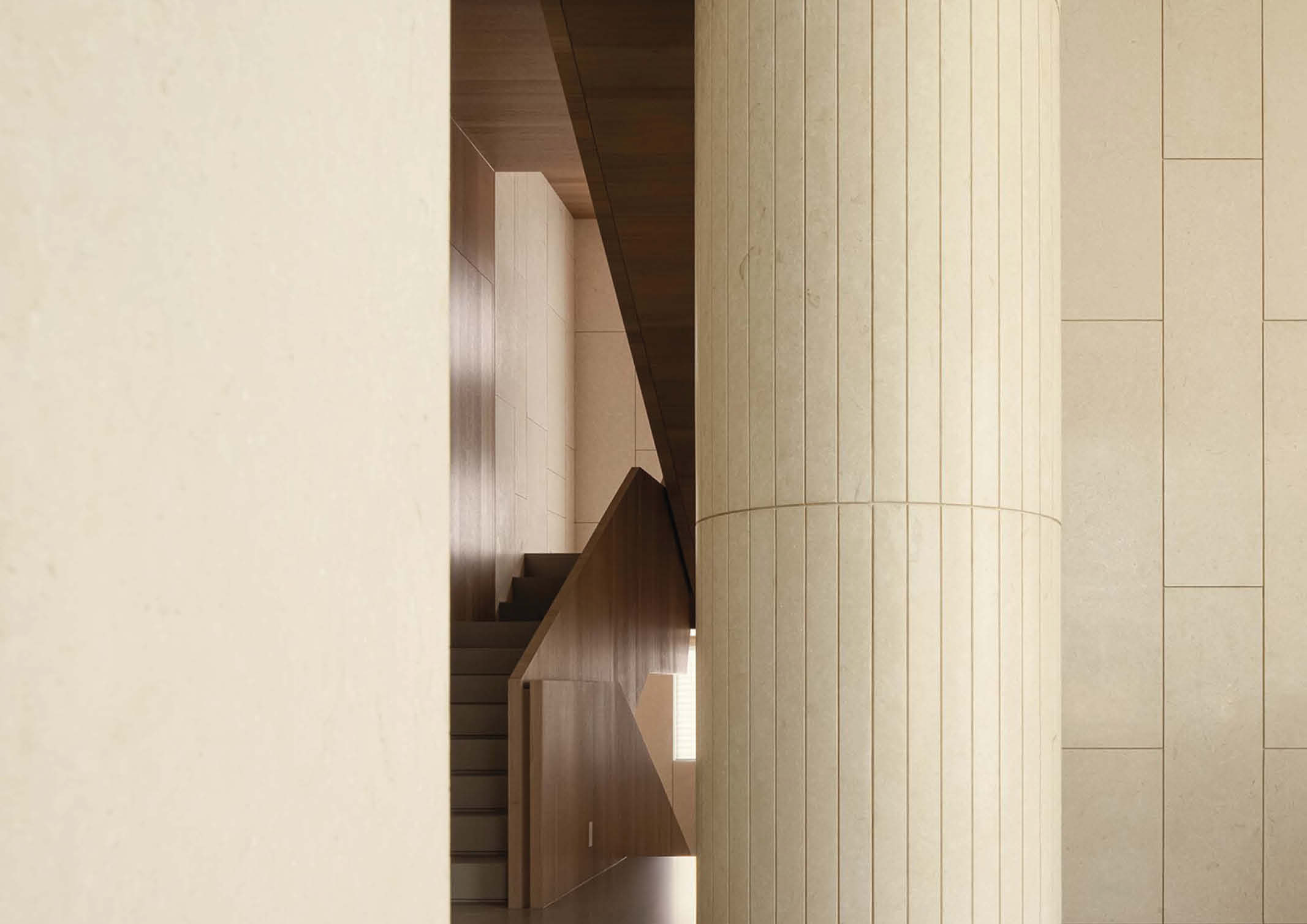
Why are Liminal Spaces so Unsettling?
“Everywhere and nowhere at the same time”, “Junkspace”, “Nonplaces”. These are the names synonymous with those famous locations that once became the internet’s hyper fixation and horror movie enthusiasts’ new fascination during 2020 when isolation during the pandemic was at an all-time high.

What are liminal spaces?
The term ‘Liminal space’ was derived from the Latin term ‘limen’ which means ‘threshold’. Like the spaces themselves, liminal spaces instill feelings that can’t be pinpointed. Some say it’s uneasiness, some say it’s serenity, while others think that it’s simply a place where one just exists thus no feelings are created. Like these feelings, a liminal space is an area that lacks specific details that a person would usually look for to define a place’s personality. Psychologically, a liminal space refers to the place someone is during a transitional period in their life–where one thing ends and another is about to begin. The gap between an old and new era of life. These liminal spaces are areas that often represent a transition between two different worlds and have become places of uncertainty and ambiguity.

Physically, these places are doorways, stretching corridors, large and empty waiting rooms, and open roads. At the time when the pandemic started, liminal spaces became famous due to the eerie characteristics that lacked the warmth of human presence. This lack of human presence then gives a sense of living in a detached reality, that whoever sees them or is actually in the space is finally disconnected from life.

Related read: Gold Coast Villa Allows Residents to Take A Break from Fast-Paced Life
According to Dutch architect and founder of OMA, Rem Koolhaas, liminal spaces have become the result of super modernism, junk spaces that have neither personality nor distinctiveness and have embraced the coldness of technology. Since they are under-detailed, liminal spaces are known to be spaces that have no connection to history, culture, or any human value, making them floating spaces belonging nowhere.
Are liminal spaces good or bad?
In the space of architecture, liminal spaces could be a problematic space. In architecture, spaces are meant to carry form while also embracing function. Without form or function, an architectural space can’t be said to be good for the community as good architecture always focuses on uplifting humanity. A liminal space on the other hand is a space where nothing happens and nothing is produced, where people are able to gain a glimpse of what a dystopian world could look and feel like. For some people though, these liminal spaces could give a sense of tranquility.

As a space that amounts to nothing and doesn’t urge any expectations, the sense of belonging nowhere can also give some people a feeling of ease and momentary respite, though the moment of rest may feel a little colder and solitary than usual.


